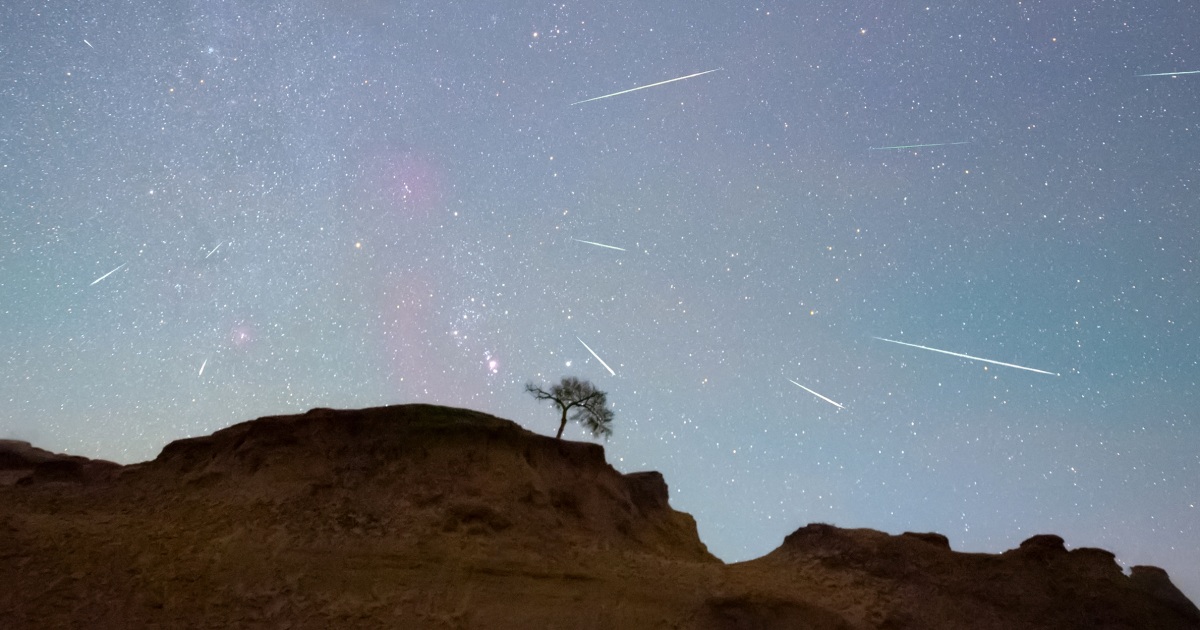
Proton-induced X-ray Emission
Proton-induced X-ray Emission (PIXE) is a non-destructive analytical technique used to determine the elemental composition of a material. It involves bombarding a sample with a beam of protons, which causes the emission of characteristic X-rays from the atoms in the sample. These X-rays are then detected and analyzed to determine the elemental composition of the sample. PIXE is particularly useful for analyzing trace elements in materials, and has applications in fields such as archaeology, environmental science, and materials science.
Your Previous Searches
Random Picks
- GOES I/GOES 8: GOES I/GOES 8 is a series of Geostationary Operational Environmental Satellites (GOES) operated by the National Oceanic and Atmospheric Administration (NOAA) for weather forecasting, severe storm tracking, and meteorology research. The firs ... Read More >>
- Metrology: Metrology is the science of measurement and its application. In the context of space and astronautical engineering, metrology plays a crucial role in ensuring the accuracy and precision of measurements taken during the design, development, ... Read More >>
- Communication Link: Communication Link refers to the physical or wireless connection between two or more spacecraft, or between a spacecraft and a ground station, that enables the exchange of data, commands, and telemetry. The communication link can be establi ... Read More >>
Top News

Bestselling author explains the science of happiness: "You can do the work"...
Bestselling author and Harvard professor Arthur Brooks opens up about how enjoyment, satisfaction and meaning in life can increase a person's wellbeing....
News Source: CBS News on 2024-11-18

November's full moon, known as the Beaver Moon, is the last supermoon of 2024. H...
November's full moon, known as the Beaver Moon, is the last supermoon of 2024. Here's when it peaks and why it's called the Beaver Moon....
News Source: CBS News on 2024-11-15

You can't put a price on the sense of awe particle physics inspires...
Astronomy and particle physics are no longer seen as vital by the US establishment, so funding has fallen. But our work creates a sense of wonder, and wonder matters, says Chanda Prescod-Weinstein...
News Source: New Scientist on 2024-11-13

If you want to stretch your gift game into days this holiday, check out these ad...
The advent calendar phenomenon is growing every year, with so many exciting, fun, beautiful, and delicious options available...
News Source: ABC News on 2024-11-04

November brings a bonanza of meteor showers...
November brings a skywatching bonanza, with three meteor showers — the Southern Taurids, Northern Taurids and Orionids — offering chances to see shooting stars....
News Source: NBC News on 2024-11-02